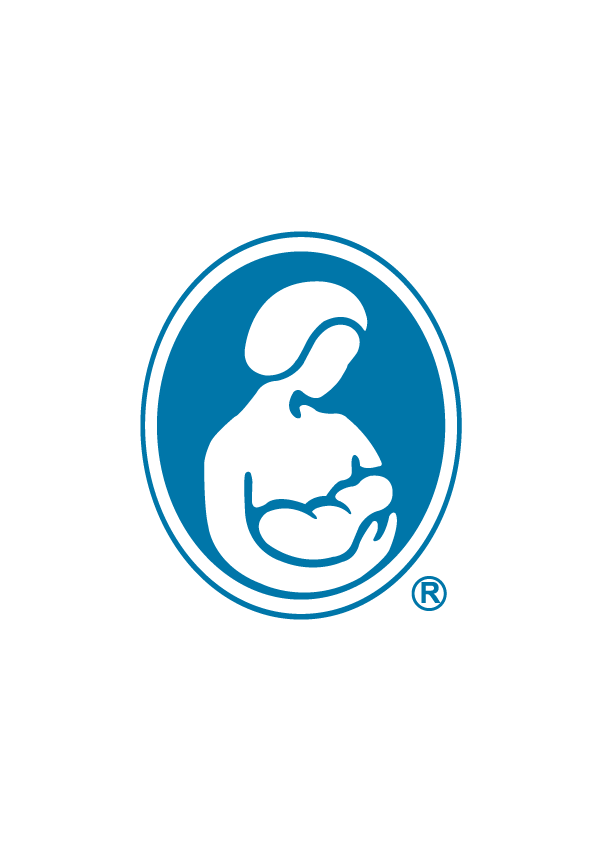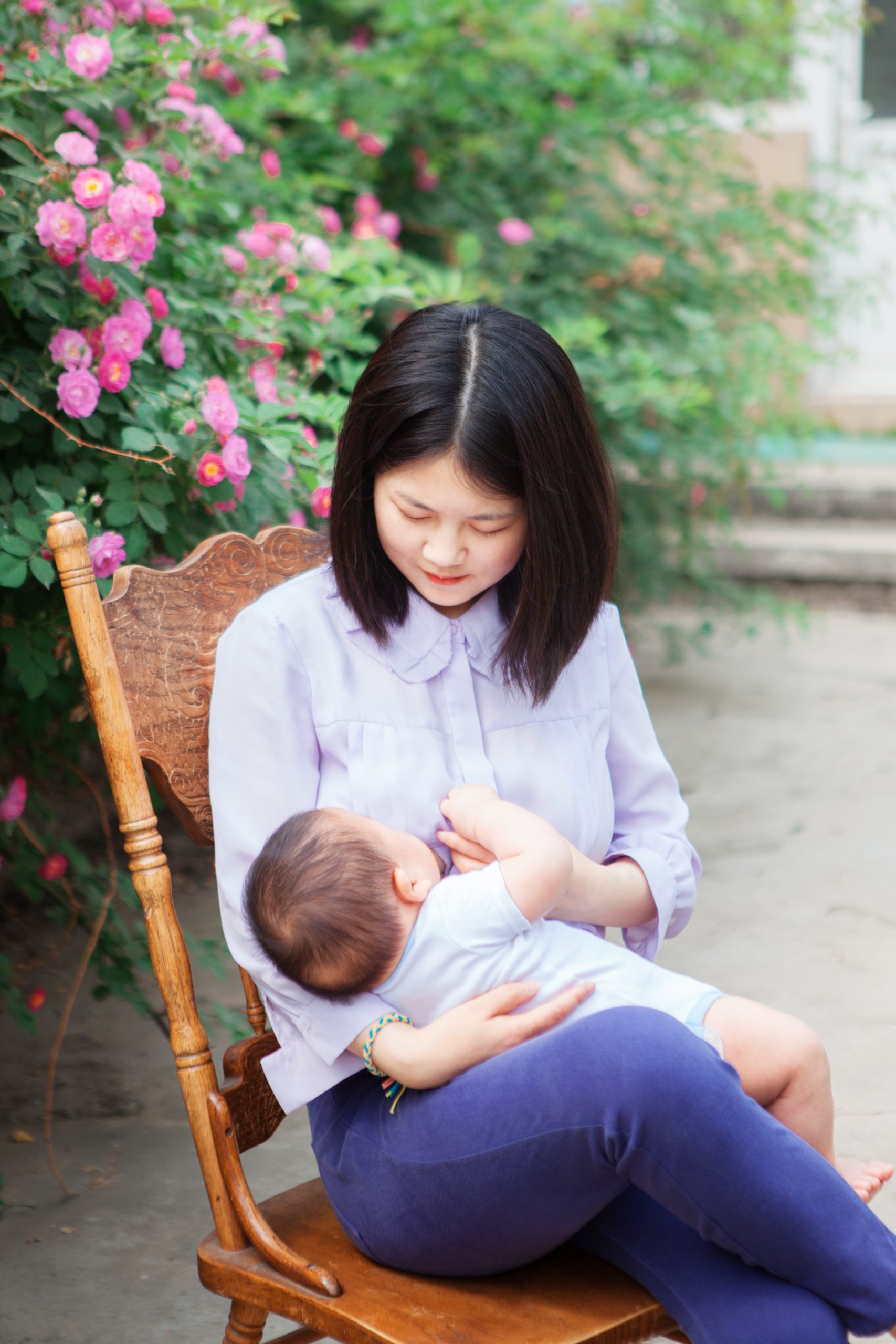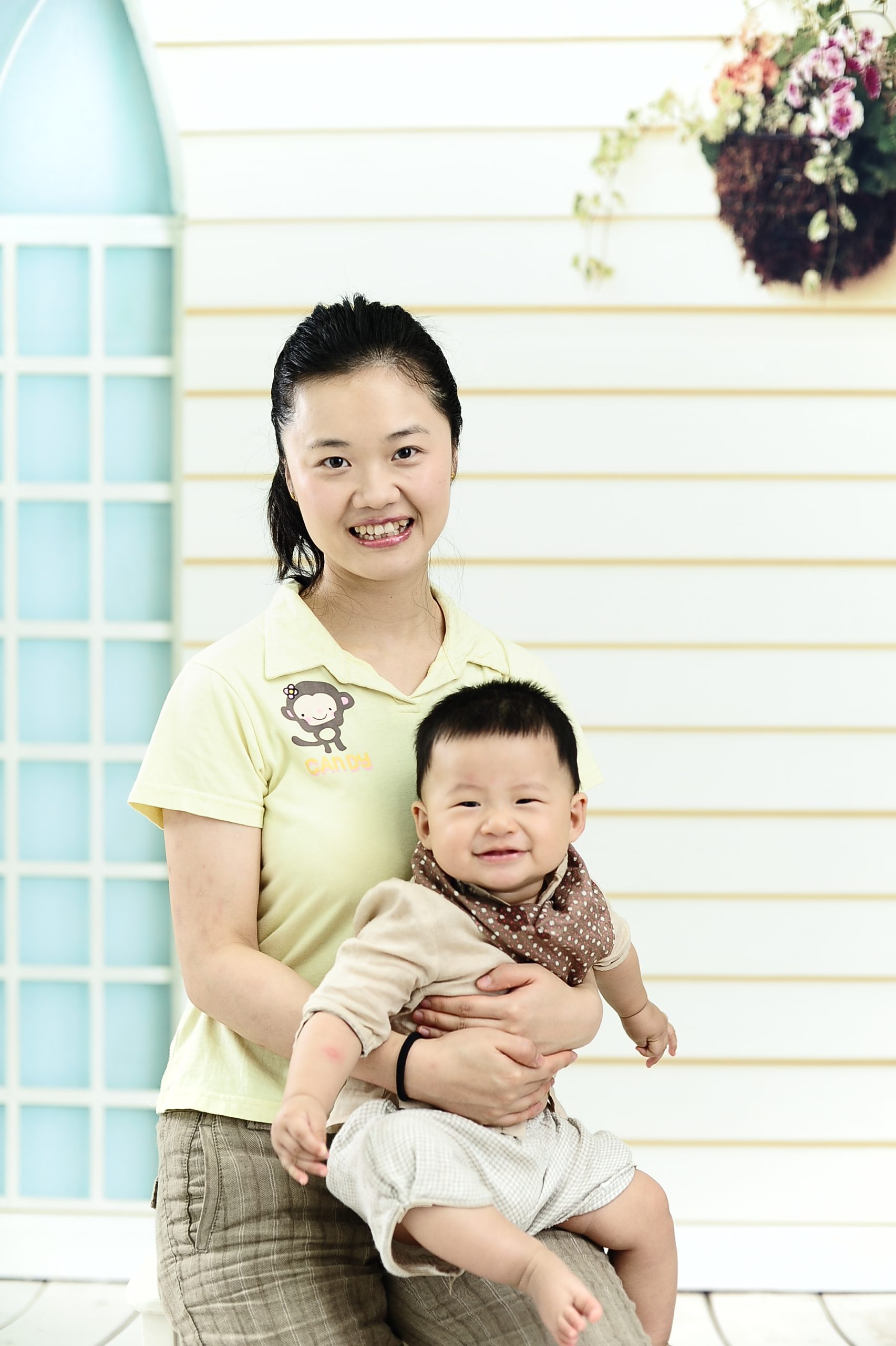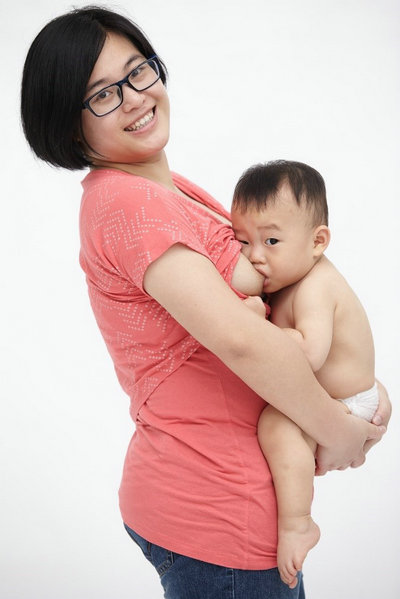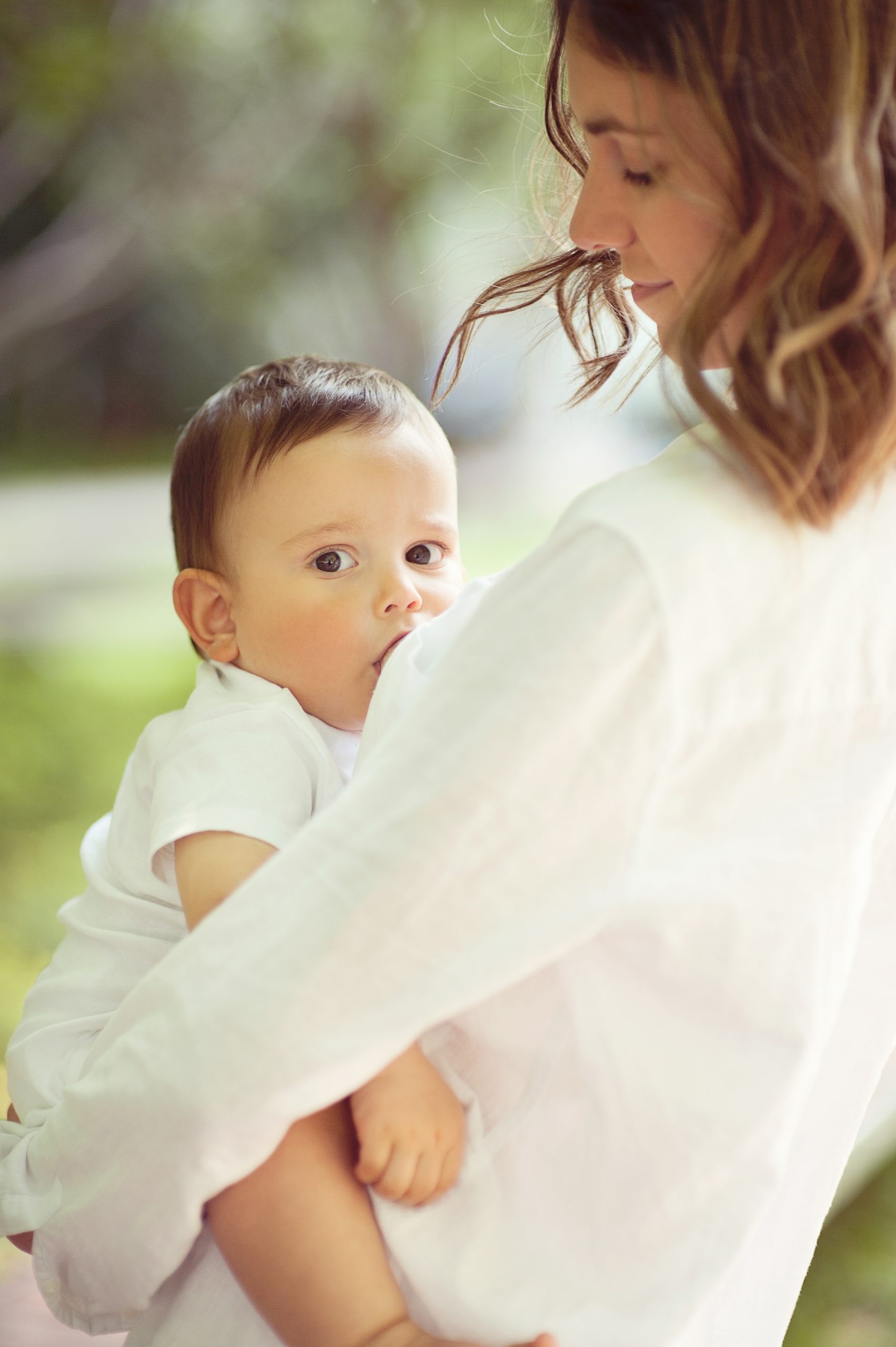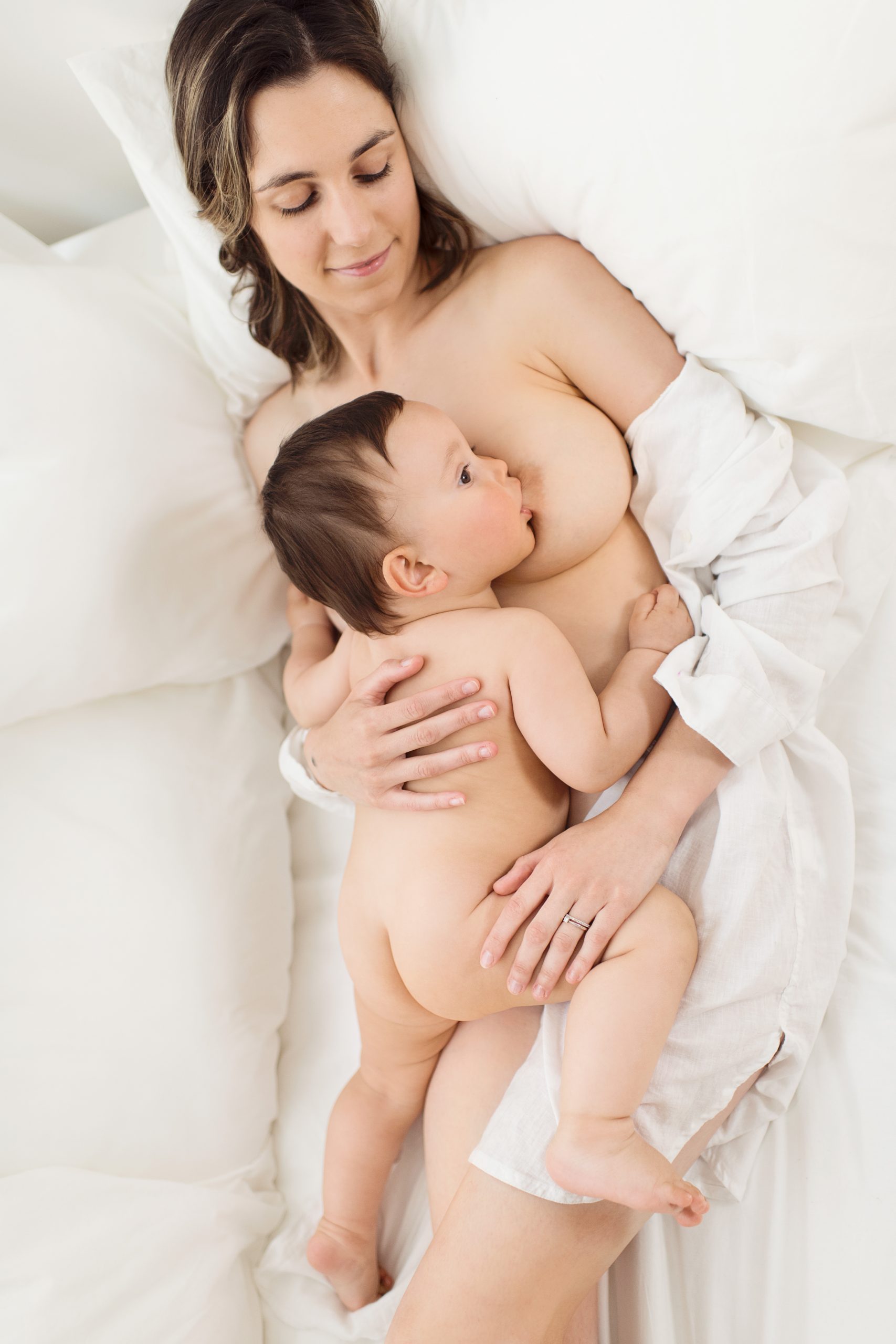Вавада казино официальный сайт рабочее зеркало
Ищете стабильный и быстрый доступ к азартным играм? Официальный сайт Вавада Казино предлагает рабочее зеркало с гарантированной безопасностью. Данный ресурс обеспечивает мгновенный вход в мир азартных развлечений без задержек.
Благодаря простому интерфейсу, вы сможете быстро находить любимые игры и участвовать в акциях. Не упустите шанс получить привлекательные бонусы при регистрации и активных играх. Приходите на Вавада Казино и наслаждайтесь надежностью и скоростью в каждой ставке!
Вавада казино: официальный сайт и его рабочие зеркала
Вавада казино предлагает игрокам удобный доступ через официальный сайт и его рабочие зеркала. Эти альтернативные ссылки обеспечивают стабильное соединение, когда основной ресурс недоступен. Рабочие зеркала позволяют продолжать игру без задержек и потерь.
Обратите внимание на регулярные обновления зеркал. Их можно найти на официальных страницах казино или в социальных сетях. Это гарантирует, что вы всегда получите актуальную ссылку. Пользователи ценят такие зеркала за быструю загрузку и безопасность.
Клиентская поддержка работает круглосуточно и готова помочь с любыми вопросами. Список доступных игр и акций также регулярно обновляется, что делает процесс игры захватывающим.
Выбирайте Вавада казино для комфортного и безопасного игрового процесса, где рабочие зеркала обеспечат доступ в любое время. Это отличная возможность наслаждаться азартом без лишних преград.
Безопасность использования рабочего зеркала Вавада казино
Рабочее зеркало Вавада казино обеспечивает безопасность ваших данных и личной информации благодаря современным технологиям шифрования. Это позволяет гарантировать защиту от несанкционированного доступа.
Вот несколько ключевых аспектов безопасности при использовании рабочего зеркала:
- SSL-сертификат: Убедитесь, что сайт имеет действующий SSL-сертификат. Это значит, что информация, которую вы отправляете, зашифрована.
- Регулярные обновления: Рабочее зеркало должно регулярно обновляться, чтобы поддерживать высокий уровень безопасности и защиту от уязвимостей.
- Антивирусная защита: Используйте антивирусные программы на своем устройстве для дополнительной защиты от потенциальных угроз.
- Проверенные источники: Получайте доступ к зеркалу только через официальные сайты, такие как вавада рабочее зеркало официальный сайт, чтобы минимизировать риски.
Следуя этим рекомендациям, вы сможете безопасно наслаждаться игровым процессом и чувствовать себя защищенно при использовании рабочего зеркала Вавада казино.
Как быстро получить доступ к сайту через зеркало Вавада казино
Чтобы получить доступ к сайту Вавада казино через зеркало, просто перейдите по актуальной ссылке, которая постоянно обновляется на официальном сайте или в социальных сетях казино.
Убедитесь, что используете проверенный источник для получения ссылки. Это защитит вас от несанкционированных сайтов. После перехода на зеркало, ваша учетная запись и все данные будут в безопасности.
Если у вас возникли трудности с доступом, попробуйте использовать VPN или прокси-сервер. Это поможет обойти блокировки и получить мгновенный доступ к ресурсу.
Не забудьте добавить новое зеркало в закладки, чтобы быстро возвращаться к нему в будущем. Следите за обновлениями на сайте и в официальных каналах, чтобы быть в курсе возможных изменений.
Поиск актуальной информации и поддержка пользователей доступны в круглосуточном чате казино. Не стесняйтесь обращаться за помощью, если возникнут вопросы. Это сделает ваш доступ к игровым возможностям более комфортным и безопасным.
Преимущества рабочего зеркала Вавада казино для игроков
Рабочее зеркало Вавада казино позволяет избежать блокировок и обеспечить беспрепятственный доступ к игровым возможностям. Вы можете без задержек переходить к любимым слотам и настольным играм.
Безопасность данных остается на высоком уровне. Зеркало использует протоколы шифрования, что гарантирует защиту личной информации. Ваши финансовые транзакции также остаются защищенными.
Пользовательский интерфейс зеркала повторяет оригинальный сайт, поэтому вам не придется тратить время на привыкание. Все функции и разделы доступны в привычном формате, что упрощает навигацию.
Клиентская поддержка поддерживает оперативную связь. С помощью зеркала вы можете легко обратиться за помощью в случае возникновения вопросов или проблем.
Бонусные программы и акции остаются неизменными. Пользователи зеркала могут воспользоваться всеми преимуществами VIP-статуса и получать вознаграждения за активность в игре.
Обновление информации происходит автоматически, поэтому вы всегда будете в курсе новостей и обновлений сайта. Это гарантирует, что вы не упустите интересные предложения и события.
